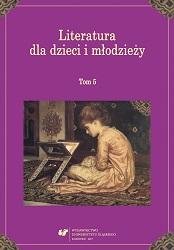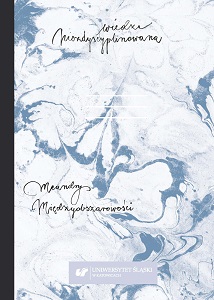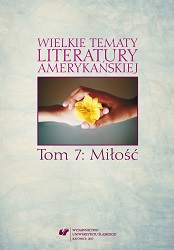
We kindly inform you that, as long as the subject affiliation of our 300.000+ articles is in progress, you might get unsufficient or no results on your third level or second level search. In this case, please broaden your search criteria.



















Presented in Hollywood films of the nineties in the 20th century, the story of the historical figure of Pocahontas has long captivated the imagination of modern people. Following the account of this heroine’s life, one could have the impression that love knows no boundaries, that religion, skin colour or origin are of no importance and the enamoured lovers will always end up on the wedding carpet. The truth, as is usually the case, turns out to be much more nuanced and far from the ideal conceived in Hollywood. The present article aims to outline the Pocahontas legend and the heroine’s relationships with John Smith and John Rolfe as well as the impact this story had on the relationship between white people and Indians in nineteenth‑century American novels by such writers as James Fenimore Cooper, Lydia Maria Child, and Catherine Maria Sedgwick. An analysis of these novels proves that their authors copied a certain pattern established in narratives about Pocahontas. It thus reinforces, in the conceptual sphere, the conviction that concluding long‑term mixed marriages was impossible, although the reality was not so unequivocal.
More...
The poetry of great Walt Whitman is imbued with love – unconditional, possessiveand overwhelming – love for life. Admiration for life in its all, even the modest, forms and aspects is a dominant motif in Whitman’s poems. A way of perceiving nature, man and the Absolute in Whitman’s poetry depends on seeing all these as an integral, mutually connected, unity. Nature helps man to liberate himself, to be who he really is as which is hidden behind it. Unlike his predecessors and other poets of his time, Whitman appreciates the body on a par with the soul, emphasizing their unity, which leads to man’s self‑realization.Whitman sees the importance of focusing on the present, concentrating on a particular moment of life in order to achieve the ultimate awareness of living here and now. Whitman’s poetry is a paean in praise of life. It is pure love expressed with tenderness, delicacy, as well as courage, bravery even – in a revolutionary way. And thanks to this love for life – expressed directly, shamelessly or delicately and subtly, but always passionately – Whitman’s poetry is still so impressive, fresh and beautiful, so attractive and inspiring for a contemporary reader.’
More...